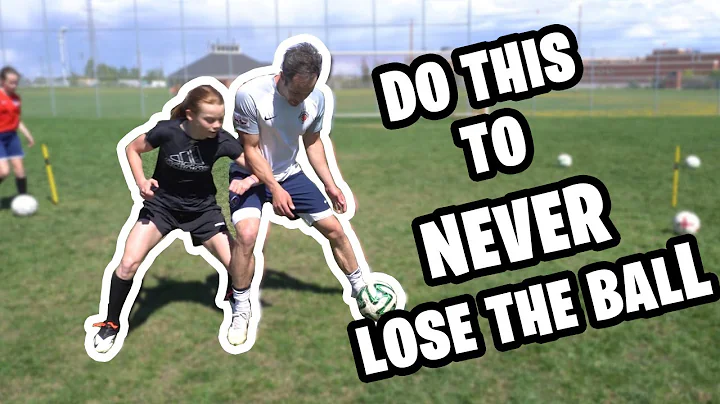Enhance Your Sprinkler System: Extend Sprinkler Heads for Complete Coverage
Table of Contents
- Introduction
- Background Information on Sprinkler Systems
- Reasons for Extending Sprinkler Heads
- Tools Needed for Extending Sprinkler Heads
- Step-by-Step Guide to Extending Sprinkler Heads
- Digging the Trench
- Locating the Existing Pipe
- Lifting the Sprinkler Head
- Attaching the Fitness Coupling
- Adjusting the Depth of the Trench
- Test Fitting and Gluing the Pipes
- Testing the Sprinkler System
- Benefits of Extending Sprinkler Heads
- Potential Challenges and Solutions
- Conclusion
🚿 Extending Sprinkler Heads: A Step-by-Step Guide
Sprinkler systems are a convenient way to keep your lawn and garden hydrated, but sometimes they don't cover all areas effectively. If you've noticed dead spots in your lawn or patches that aren't getting enough water, it may be time to extend your sprinkler heads. In this guide, we will walk you through the process of extending sprinkler heads and provide you with the necessary tools and steps to get the job done.
1. Introduction
Maintaining a lush, green lawn is a goal for many homeowners. A well-functioning sprinkler system is essential to achieve this, but sometimes the existing setup doesn't reach every corner of your yard. By extending your sprinkler heads, you can ensure that all areas receive adequate water, resulting in a healthier and more vibrant lawn.
2. Background Information on Sprinkler Systems
Sprinkler systems are comprised of a network of pipes, valves, and sprinkler heads that work together to distribute water evenly across your lawn or garden. The sprinkler heads are responsible for delivering the water and can be adjusted to control the range and pattern of the spray. However, the placement of these sprinkler heads may not always be optimal, leading to uneven watering.
3. Reasons for Extending Sprinkler Heads
There are several reasons why you might need to extend your sprinkler heads. Some common scenarios include:
- Dead spots: If you notice areas in your lawn that are dry or have brown patches, it could be a sign that the sprinkler head is not reaching that area effectively.
- Newly landscaped areas: If you have recently made changes to your landscaping and added new plants or flower beds, you may need to extend your sprinkler heads to cover these new areas.
- Large or irregularly shaped lawns: If you have a large or irregularly shaped lawn, the existing sprinkler heads may not be able to cover all areas adequately. Extending the sprinkler heads can help ensure that every part of your lawn receives sufficient water.
4. Tools Needed for Extending Sprinkler Heads
Before you begin extending your sprinkler heads, it's important to gather the necessary tools. Here's a list of what you'll need:
- Shovel: A shovel will be used for digging the trench and creating access to the existing pipe.
- Pick: If you don't have a trenching dig tool, a pick can be used to help loosen the soil and create the trench.
- Pipe cutter: A pipe cutter will be needed to cut the existing pipe and install the fitness coupling.
- Fitness coupling: A fitness coupling is used to connect the existing pipe to the extension pipe.
- PVC pipe: Depending on the length of the extension needed, you will require PVC pipe of the appropriate size.
- Glue: PVC glue is used to secure the fittings and ensure a tight seal.
With these tools in hand, you'll be ready to tackle the task of extending your sprinkler heads and improving the coverage of your sprinkler system.







